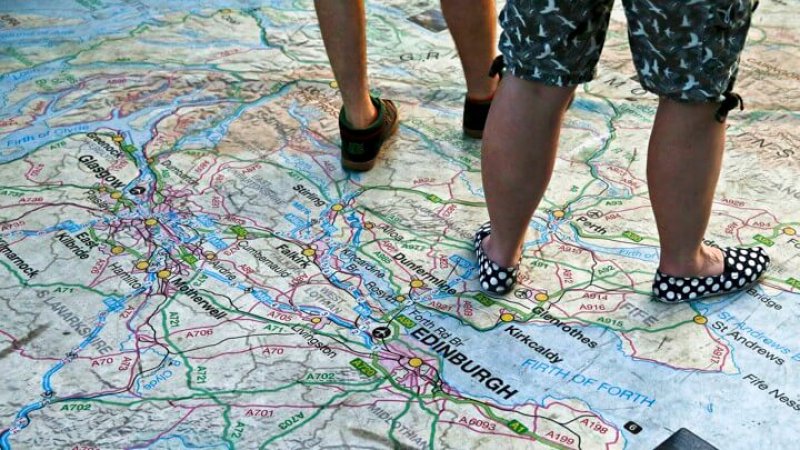We all know people who say they have “no sense of direction,” and our tendency is almost always to minimize such claims rather than take them at full force.
Yet for some people that description is literally true, and true in all circumstances: If they take a single wrong turn on an established route they often become totally lost. This happens even when they are just a few miles from where they live.
Ellen Rose had been a patient of mine for years before I realized that she had this life-long learning disability.
…
The problem for Ellen is that she is not able to create a bird’s-eye view on her own and, likewise, can’t really make good use of one when it is provided by others.
Like other people with [developmental topographic disorientation], she can follow a route in pieces, but it never becomes part of a larger spatial understanding. That’s because she does not have a larger spatial understanding of her environment.
…
Like dyslexics who learn how to adapt to a world of street signs, restaurant menus, and official forms, people with DTD learn how to navigate in their environment without having a mental blueprint of where they are going.































